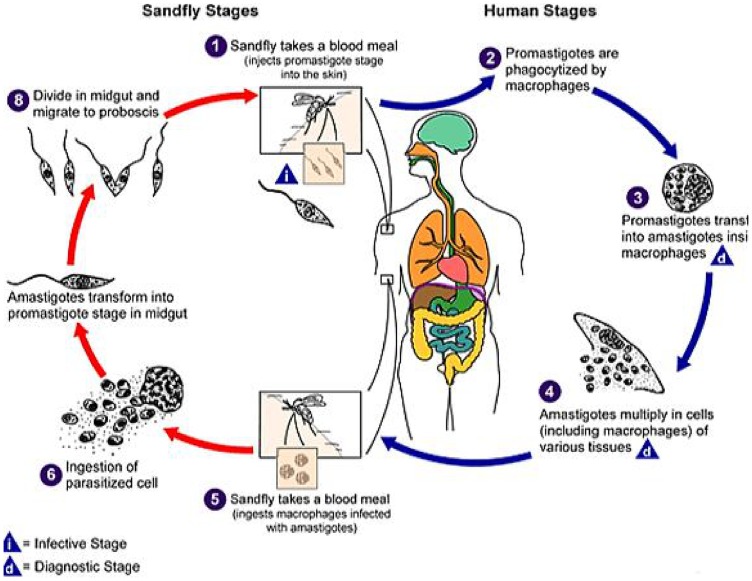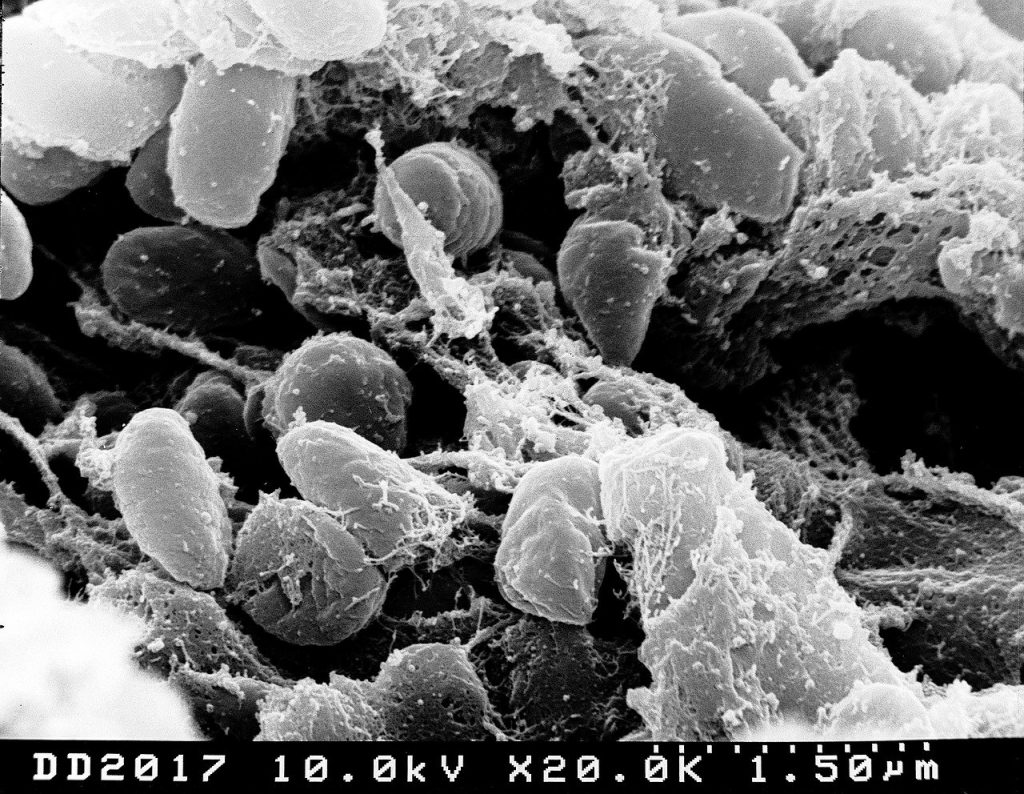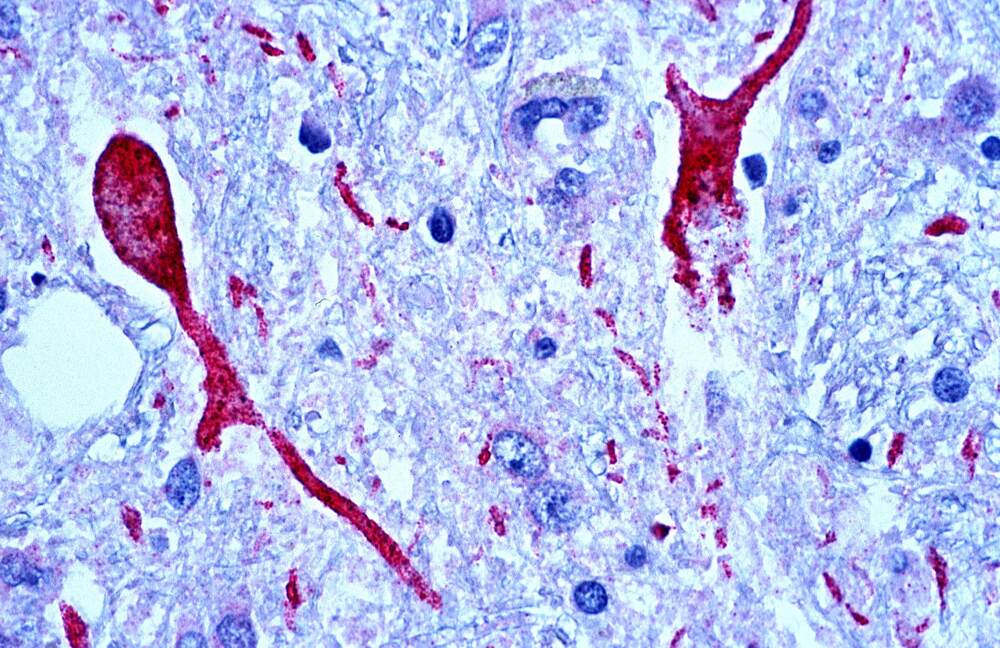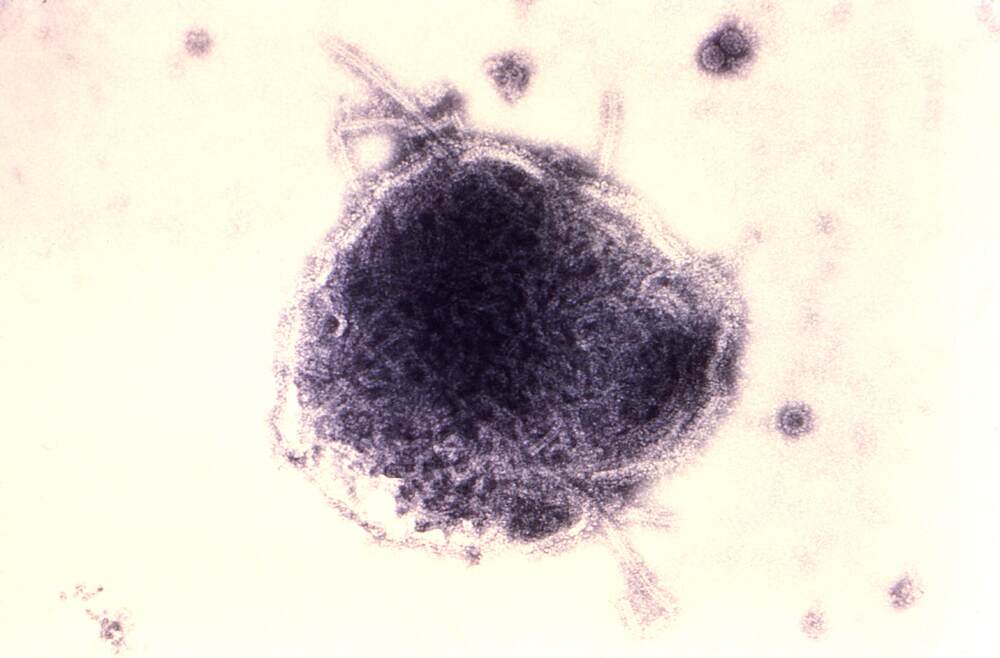As the world is going through the unprecedented Covid-19 pandemic for the past few months, people are curious about what other similar incidents had taken place in history. Let’s localise the curiosity in the context of Nepal and explore if there were any such incidents in Nepal’s history.
First, let’s get clear on what is the difference between an epidemic and a pandemic. An epidemic can be defined as an outbreak of a disease spreading quickly and affecting a large number of people within a community, population, or region at the same time. Likewise, a pandemic is an epidemic that has spread over multiple countries or continents affecting an even higher portion of the population at the same time.
Probably, Covid-19 is the first pandemic that Nepal has been a part of. Meanwhile, the history of epidemics in Nepal contains some significant chapters. To go over a few of them, here is a brief history of epidemics in Nepal, listed on the basis of the years an epidemic appeared for the first time recorded.
1. CHOLERA

Cholera is an acute infectious disease of the small intestine which is caused by the bacteria ‘vibrio cholera’ that is characterised by watery diarrhoea, vomiting, muscle cramps, and severe dehydration. This disease is transmitted by drinking contaminated water and a large number of bacteria.
Cholera has existed in Nepal for a very long time. It was first recorded as an epidemic in 1823. The largest cholera outbreak was reported in 2009 in Jajarkot with more than 30,000 cases and more than 500 deaths. In 2012, an outbreak was also recorded after the V. cholerae El Tor showed drug-resistant to multiple drugs. For the prevention of cholera, two oral vaccines, namely Shanchol and Euvichol, have been used in Nepal.
2. KALA-AZAR

Kala-azar, also known as visceral leishmaniasis, is a chronic and fatal parasitic disease that attacks internal organs, particularly liver, spleen, bone marrow, and lymph nodes. It is caused due to the infection by a parasite called Leishmania donovani. Kala-azar is transmitted by the bite of infected female phlebotomine sandflies. This disease can cause no or few symptoms such as irregular bouts of fever, weight loss, enlargement of the spleen and liver, and anaemia.
The first case of kala-azar was reported in the 1960s in the western hilly region of Nepal where 12 districts reported the highest cases. After this, in 2016, six other districts were included in the list. A total of 25,890 cases with 599 deaths were reported during the year 1980-2006.
No vaccine has been registered against the disease till date. The Nepal government is trying hard to eliminate kala-azar by the end of 2020. However, the use of pentavalent antimonials namely sodium stibogluconate (pentostam) and meglumine antimoniate (glucantime) are prescribed for treatment in the span of 30 days.
3. BUBONIC PLAGUE

Bubonic plague is a zoonosis spread among humans caused by yersinia pestis bacteria. It is transmitted through the bite of infected fleas or rodents. This is one of the earliest pandemics to be seen in the world, i.e. in the year 521. However, in Nepal, it was first recorded only between 1960-1962, in Rupandehi and Mahottari districts with 150 cases. Later, it was reported again in October 1967, in Nawra village of Bajhang. It was reported that the plague was airborne and resulted in six cases of tonsillar plague, one case of primary pneumonic plague, and 17 cases of bubonic plague.
Still, there is no vaccine available for plague prevention. But, several antibiotics are used for treatment, including streptomycin, gentamicin, and doxycycline, levofloxacin, et cetera for two weeks.
4. MALARIA

Malaria is a life-threatening disease which is caused by plasmodium parasites that spread among humans through the bite of Anopheles (female) mosquitoes. The symptoms include high fevers, shaking chills, and flu-like illness.
The first outbreak of malaria was reported in 1974 from Kapilvastu, Rupandehi, and Nawalparasi districts. In 1985 and 1991, the highest number of cases was observed with 42,321 and 29,000 cases respectively. Later, another outbreak was reported in October 2006 from Banke district with 1,200 cases and 32 deaths. Nepal has seen lower malaria cases recently with 3,900 cases in 2010 and 585 cases in 2018. Treatment for malaria in Nepal includes intravenous treatment for the first 24 hours, and then oral medication of artemether and lumefantrine with single-dose primaquine for falciparum and primaquine.
5. ENCEPHALITIS

Encephalitis is an uncommon but very critical condition in which the brain becomes swollen. This disease is risky to people of very young or very old age with a low immune system. It is a viral infection which is caused by RNA viruses such as herpes simplex virus, rabies, bacteria, fungi, or parasites, belonging to the flavivirus genus. It can spread to humans through bites of Culex mosquitoes, usually during evenings. Encephalitis starts with flu-like symptoms such as high temperature and headache and becomes more serious over time with fits, weakness, changes in personality, difficulty in speaking, and many more.
In Nepal, the first outbreak of this disease occurred in 1978 in Rupandehi district. Then, it appeared in Sunsari, Morang, and later in all 23 districts of Terai. In 1997, an outbreak of encephalitis was also reported in Kathmandu valley.
There is no actual treatment for encephalitis, but vaccines can prevent this disease. In Nepal, SA 14-14-2 encephalitis vaccine was introduced in 23 districts with the highest cases.
6. MEASLES

Measles is a viral infection which is caused by the rubeola virus from the paramyxovirus family of tiny parasitic microbes. It is transmitted either through direct contact with an infected person or through droplets in the air. The incubation period generally is 10 to 12 days with symptoms such as cough, fever, runny nose, red eyes, sore throat, white spots in the mouth, and skin rash which last up to seven days. A rash is a classic sign of measles, which generally starts from the head and slowly spreads to other parts of the body. Also, measles occurs only in humans, not in other animals.
Measles was reported in Nepal from 1994 to 2002, with approximately 90,000 cases per year. The case was such even though routine measles vaccination had already started in three districts of Nepal by 1979 with its expansion nationwide by 1989. These days, children, at the age of nine months, are given two vaccines. One is the MMR vaccine that protects children and adults from measles, mumps, and rubella. And, another one is the MMRV vaccine that protects children from measles, mumps, rubella, and chickenpox.
Other reported epidemics are continued in the part II of this article.






















